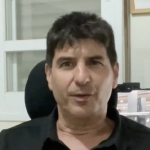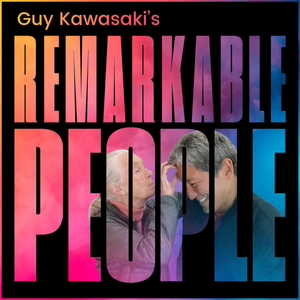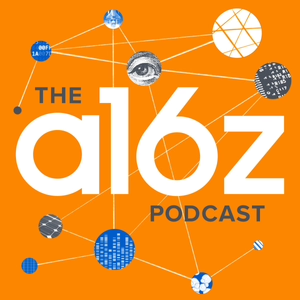
Panama, Tariffs, and Power, with Andrew R. Thomas-EP 237
02/18/25 • 53 min
Previous Episode

My STAR CNC Swiss Guru, with Dave Polito—EP 169
Dave Polito is my Star CNC guru. He’s always been there when I’ve had questions, whether I was asking about a 1999 Star SA12, or a sweet SV38R located in Asia, or the ever flummoxing Siemens control on an ECAS-20. Dave is the owner of Quality Machine Tool Services, the Star distributor for Illinois and [...]
Next Episode

Becoming the Machining Doctor, with Erez Speiser- EP 208
Have you ever dreamed about combining your expertise and passions to become an entrepreneur?
My guess on today’s podcast did just that. Erez Speiser is the creator of machiningdoctor.com, a site for professionals in the machining industry to get technical information to simplify their work. The site offers resources such as a sophisticated feeds and speeds calculator for six types of machining processes. It even contains a machining encyclopedia.
Before creating Machining Doctor, Erez worked for cutting tools giant ISCAR for over 20 years and managed a Swiss machine shop. But serendipitous elements, namely a love of hiking in his home country of Israel and a global pandemic, led him on an entrepreneurial path.
Listen to the podcast on all podcast apps.
Listen on your favorite podcast app using pod.link.
View the podcast our YouTube Channel.
Follow us on Social and never miss an update!Facebook: https://www.facebook.com/swarfcast
Instagram: https://www.instagram.com/swarfcast/
LinkedIn: https://www.linkedin.com/company/todays-machining-world
Twitter: https://twitter.com/tmwswarfblog
*************
Link to Graff-Pinkert’s Acquisitions and Sales promotion!
*************
Interview Highlights
In 2018, Erez built his first website for a side business called Israel By Foot that provided advice to vacationers hiking in Israel. The company helped people plan for self-guided hikes throughout Israel, providing maps and explanations, booking lodgings, and even dropping tourists’ baggage at hotels.
When COVID-19 hit, the hiking tourism business turned non-existent. At the same time, Erez found himself working at home with a smaller workload for his day job at ISCAR Cutting Tools. The new skills Erez had developed while building the website for Israel By Foot gave him the idea to build a new website devoted to machining, the field he had based his career on.
Machining Doctor Features
Erez says the most popular features on Machining Doctor are calculators that help people assess the correct cutting speed, surface finish, and power consumption for machining jobs. The feeds and speeds calculator works for a number of applications such as turning, milling, parting, grooving, drilling, and threading. It takes into account material groups, types of units, and other variables.
Machiningdoctor.com gets around 250,000 page views and 100,000 unique visitors per month. Erez monetizes Machining Doctor with Google Display Ads on the site, but he wants to change his business model to a subscription based one without annoying ads, in which users pay $1.50 per month. I asked him how he could make money charging users such a low price and he explained that if 100,000 users paid $1.50 per month it would mean $150,000 per month.
Erez has a lot of ideas to boost the value of the site. He is now posting original educational videos about machining. He also plans to use the site to generate clients who want assistance in their machining jobs. He plans to provide complete solutions to jobs, including tooling layout, CNC programming, and simulation tools like VERICUT.
What It’s Like to be an Israeli Living in Israel Right Now
Erez lives in Rakefet, a town in northern Israel, so I decided to ask him a few questions about what it’s like to be an Israeli during such a dark time. His son is a reserve paratrooper and has saw combat for three months. He said the manufacturing sector hasn’t been affected that mu...
If you like this episode you’ll love
Episode Comments
Generate a badge
Get a badge for your website that links back to this episode
<a href="https://goodpods.com/podcasts/swarfcast-168830/panama-tariffs-and-power-with-andrew-r-thomas-ep-237-84419729"> <img src="https://storage.googleapis.com/goodpods-images-bucket/badges/generic-badge-1.svg" alt="listen to panama, tariffs, and power, with andrew r. thomas-ep 237 on goodpods" style="width: 225px" /> </a>
Copy




